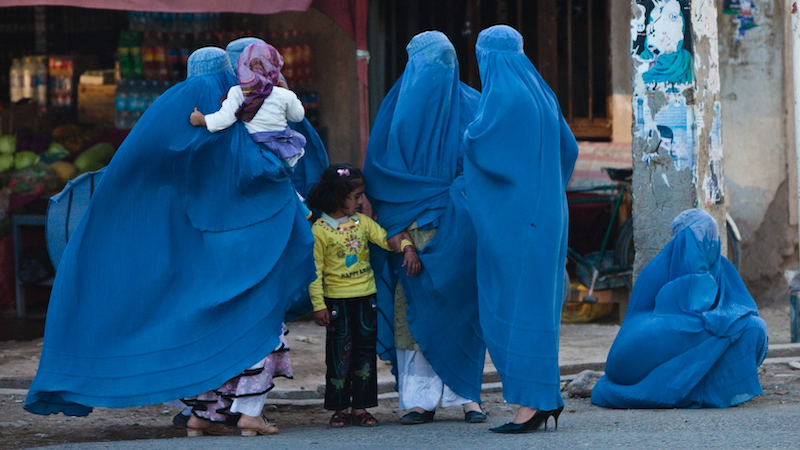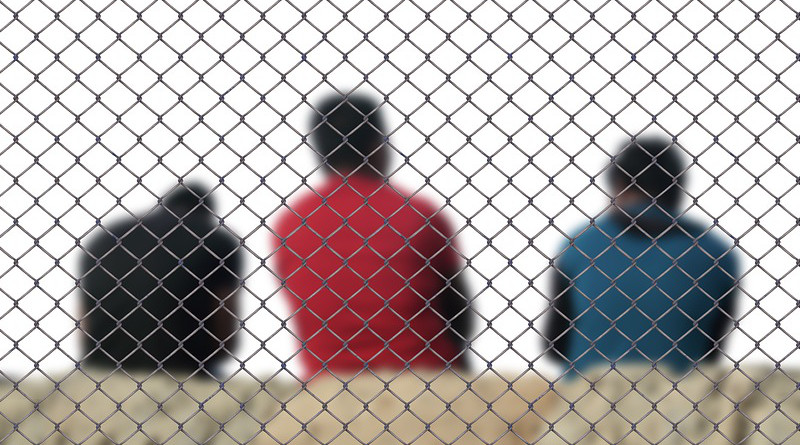
By Sanchita Bhattacharya
A report titled, “Afghanistan: Violence Against Health Care in Conflict 2023“, published on June 24, 2024, exposed the horrid situation of health workers and staff in the country under the Taliban regime. More than 80 per cent of cases of violence against health care were ascribed to the Afghan government, Police, and intelligence forces, all of which are under the active control of the Taliban. The report identified 109 incidents of violence against, or obstruction of health care personnel and organisations in Afghanistan in 2023, compared to 87 in 2022.
In addition, at least 65 health workers were arrested or detained for questioning by Taliban forces in 38 incidents in 2023, compared to 33 arrests in 25 incidents in 2022.
The report further stated that violent incidents were widely dispersed across 28 of Afghanistan’s 34 provinces. Zabul province recorded the highest number of such cases. Cases attributed to the Taliban more than doubled in Balkh province between 2022 and 2023. As in previous years, incidents continued to be reported in Herat and Kabul provinces.
According to partial data collated byInstitute for Conflict Management, 16 health care workers and doctors have been killed in 10 incidents (data till June 30), since the Taliban takeover of August, 2021.
Often Taliban operatives and ‘unknown perpetrators’ armed with guns beat health workers, shut down medical facilities, arrest and harass doctors and health providers.
Some such incidents include:
As reported on June 10, 2024, Taliban closed the Baran Health Institute in Bamiyan Province and detained its Director, Nvid Mozaffari, for giving anti-Taliban statements.
As reported on May 24, 2024, Dr. Sardar, owner of a hospital in Badakhshan Province, lost his life due to brutal torture inflicted by the Taliban. According to local reports, he was beaten by Taliban fighters, which led to his death.
On December 27, 2023, the head of the Medical Education Development Section at the Kabul University of Medical Sciences, Abdul Ghafar Hamdard, was shot dead by unidentified armed assailants inside his clinic at Roshan Hospital in the Kart-e-Naw area of Kabul.
As reported on November 25, 2023, in the Sarak-e Char area in Taloqan city of Takhar Province, Taliban forces apprehended Nabila Rahimi, a human rights activist and UNDP-affiliated health educator. She was reported to have been mistreated during her arrest.
On October 10, 2023, a female doctor, in the Maimana City maternity hospital in Faryab Province was forcibly removed from her workplace by a Taliban fighter.
On June 5, 2023, three Taliban operatives beat up a female nurse in Mazar-e-Sharif, Balkh Province. Based on reports from local sources, the nurse was severely injured.
On May 30, 2023, 28 NGO-funded and private health centers were raided and equipment destroyed by Taliban forces in Qalat city.
In May 2024, with a dire health crisis ongoing across the country, Qalandar Ebad a qualified physician and Taliban’s Minister of Public Health, was removed from his position, and in his place Noor Jalal, a cleric and former Deputy Minister of the Ministry of Interior, was appointed.
Worse still, Afghanistan’s healthcare system teeters at the edge of collapse, as the Taliban channel most state resources toward defense and intelligence services. The Taliban’s budget for 2023-24 of USD 3,548.00 million provides an insight into the regime’s priorities, in which the budget of Ministry of Defence was USD 616.80 million, 17. 38 per cent of the total budget, and on the other hand, the Ministry of Public Health was allocated USD 80.00 million, 2.25 per cent of the total budget.
Further, nonprofit organisations and international donors are prohibited from employing female staff, and financial curbs have limited the outreach of aid organizations. In turn, vital community lifelines, such as rural clinics and nutrition centers have also been closed.
As reported on June 11, 2024, 17.9 million people require health assistance in Afghanistan, while 9.5 million have limited or no access to healthcare facilities. Afghanistan is one of the two countries in the world (the second is Pakistan) where polio is still prevalent. Recent estimates have suggested that under the Taliban regime, Afghanistan has 0.33 doctors per 1,000 people, as compared to 20 per 1,000 in high-income countries. The World Health Organization (WHO) recommends a minimum rate of 2.5 doctors per 1,000. This shortage is disastrous in a country already grappling with some of the world’s worst health outcomes, including acute malnutrition, stunting, and high child and maternal mortality. According to WHO, as reported, on May 25, 2024, Afghanistan has the highest maternal mortality rate in Asia, with 638 deaths per 100,000 live births. Also, since the start of 2024, over 1,000 children under the age of five have died in Afghanistan from pneumonia, accounting for 88 per cent of all pediatric respiratory infection deaths. Sadly, the United Nations Children’s Fund (UNICEF) reported on March 5, 2024, that 10 per cent of Afghan children under the age of five are malnourished and 45 per cent are stunted. According to UN Women’s Afghanistan Gender Country Profile 2024, published in June, 2024, only 10 per cent of women were able to cover their basic health needs, and approximately, 24,000 women give birth in hard-to-reach places in Afghanistan each month.
The healthcare system in Afghanistan has faced a severe crisis under Taliban rule. Citizens’ access to healthcare services has drastically decreased, and the majority of people, due to increasing poverty and persistent unemployment, cannot visit healthcare centers, enduring physical ailments along with mental distress. According to a June 9, 2024 report, last year (2023), 428 fixed and mobile health centers were forced to close in Afghanistan due to financial constraints. Besides, as reported on May 1, 2024, nearly 18 million Afghans, about 40 per cent of the population, have limited access to healthcare. Explaining the mental health challenges facing the population, Dr. Hanan Balkhy, the WHO Regional Director for the Eastern Mediterranean, stated in March 2024, “50 per cent of Afghanistan’s population suffers from mental distress, impacting productivity and quality of life. This renders individuals vulnerable to mental health disorders and substance use.”
Moreover, Afghanistan has an urgent need for female doctors, as they are often the only healthcare providers available for women and children. Since December 2022, Taliban has banned women in higher education, and more than 3,000 women who had already graduated from medical schools were barred from taking the board exams required to practice, depriving the country of a critical resource.
The Taliban’s governance in Afghanistan has no doubt failed to establish crucial regulatory frameworks necessary for advancing Sustainable Development Goals (SDGs) particularly SDG 3 (Good Health and Well-being), SDG 4 (Quality Education), and SDG 5 (Gender Equality). Their inability to enforce policies ensuring equitable access to healthcare services, exacerbates health disparities and obstructs progress toward SDG 3. Following the Taliban takeover in August 2021, international development aid was suspended, while in 2023 humanitarian aid also decreased in value by over USD 1 billion. This decrease in aid occurred against the backdrop of rising humanitarian needs. Furthermore, as 428 fixed and mobile healthcare centers were forced to shut down (as mentioned above) between January and December 2023, which has had detrimental impact on access to healthcare for over three million people, including more than 600,000 children under five and over 240,000 pregnant women.
The existing problems of the health system in Afghanistan have been amplified by the Taliban’s August 2021 takeover, after which the country has faced a problematic security situation, financial stoppages, donor funding disruptions and international health staff evacuations. The health sector of Afghanistan is in total shambles, and worsening with the continuation of the Taliban regime. The Taliban apathy towards the general welfare of the population, including their health needs, is proving disastrous for the population of a country that has neither the resources nor the facilities to maintain even a basic minimum health service.
- Sanchita Bhattacharya
Research Fellow, Institute for Conflict Management






